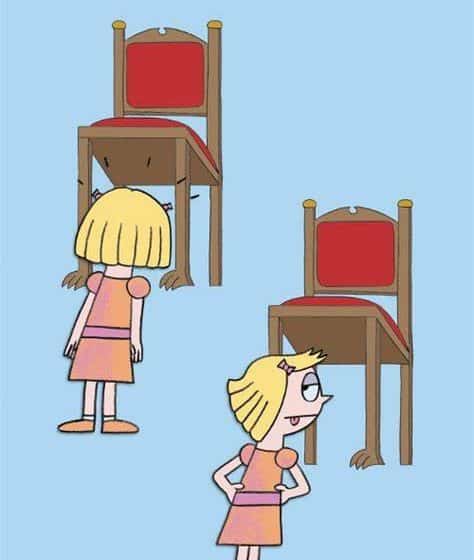
“Essentially, when it comes to the ability to sit with our feelings and experiences, each of us has a range that feels ‘just right.’ [Trauma therapist Deb Dana] refers to this as ‘the Goldilocks principle.’ “- Aundi Kolber
“She had not know the weight, until she felt the freedom.”- Nathaniel Hawthorne, The Scarlet Letter
In Chapter 4 (“Too Hot, Too Cold . . . Just Right: Finding Your Window of Tolerance”) of Try Softer, Aundi Kolber explores what Dr. Daniel Siegel named the window of tolerance. When real or perceived threats trigger our nervous systems, we move outside our window of tolerance. As a result, we find ourselves somewhere on a spectrum between hyper- and hypoarousal. Here everything intensifies depending on how far outside of our comfort level we get.
However, a space exists between these two types of arousals. In that space we display just the right amount of intensity. Emotions and sensations fail to overwhelm us. In addition, Aundi notes, each of us has a window of tolerance (WOT), whether or not we find ourselves pushing on the edges of it. Aundi adds:
“When we are in our window, the brain stays integrated with the prefrontal cortex, which allows us to pay compassionate attention to ourselves and to try softer. This is where we want to be.”
But, sometimes hard times pile on top of one another. What we once thought we could handle turns into something unbearable. Furthermore, even everyday experiences add up. Thus, we find it harder to navigate unpleasant situations, pushing us out of our WOT.
Finally, even though our WOTs differ in size, we can widen them over time. Hence, Aundi lists three benefits:
- We draw on the natural ability of our bodies to process and move through difficult situations. Rather than a knee-jerk response into fight/flight/fawn or freeze mode.
- We’re better equipped to heal from past trauma.
- Once we perceive the limits of our tolerance and understand how to stay within them, we opt to try softer. Therefore, we work with our brains to mindfully push through – and then increase – those limits.
Today’s question: How does the Goldilocks principle play out in your life? Please share.
Tomorrow’s blog: “Digging into and honoring our stories”

